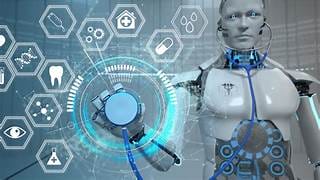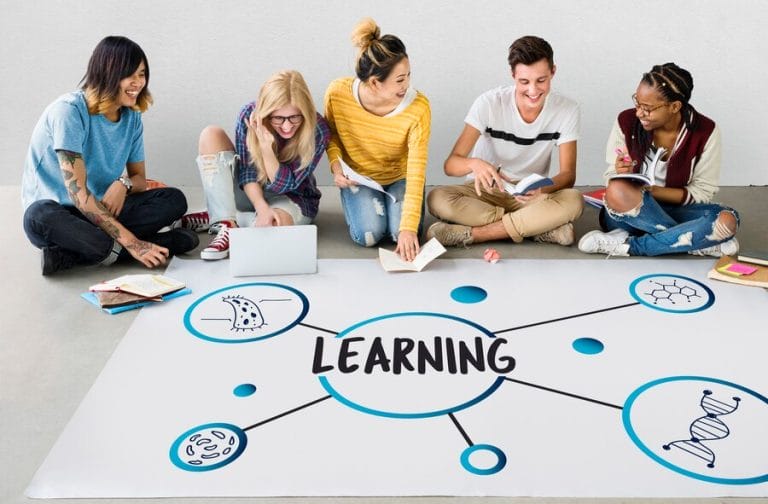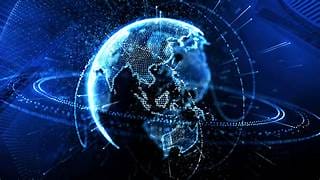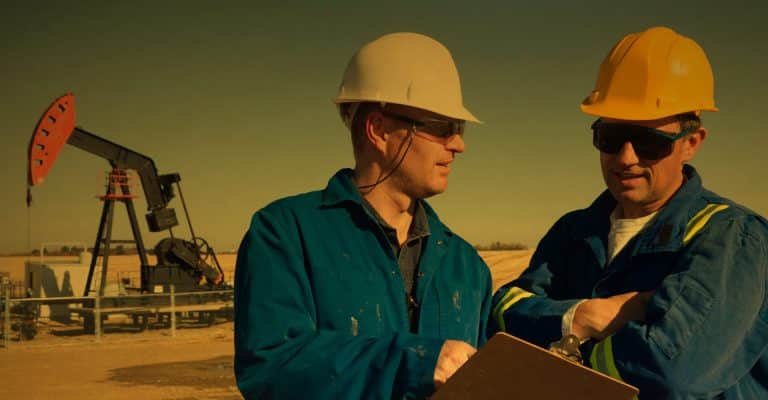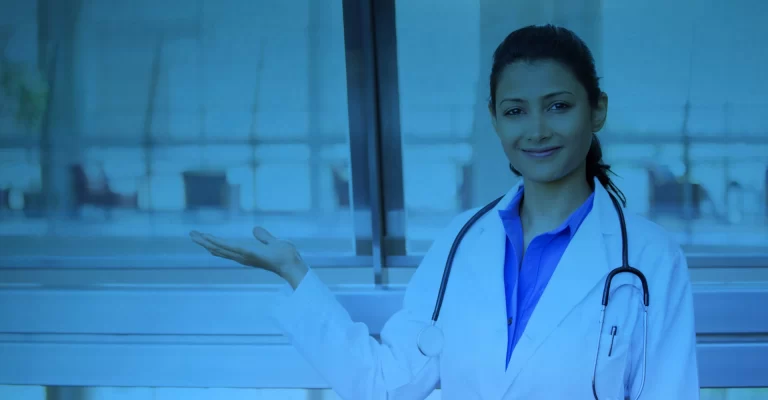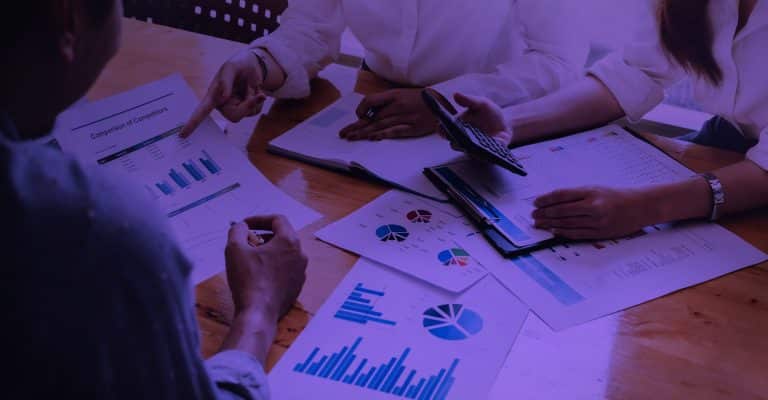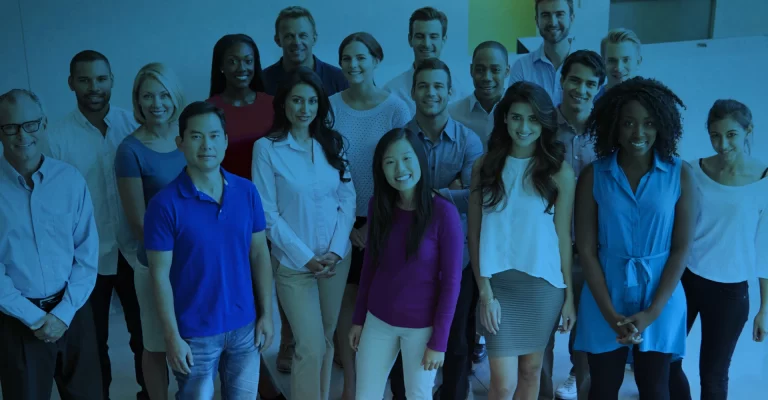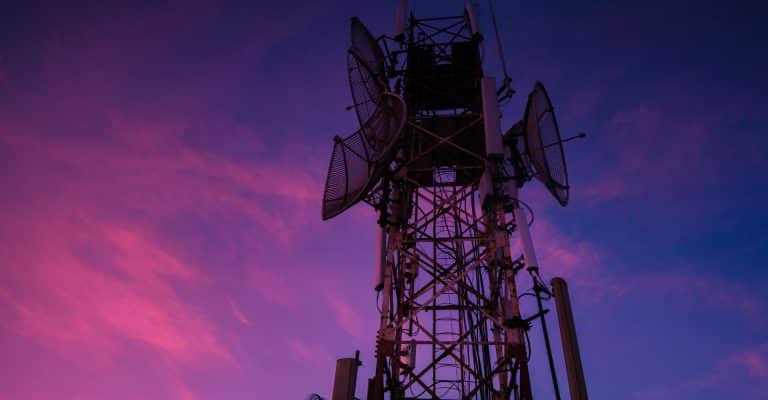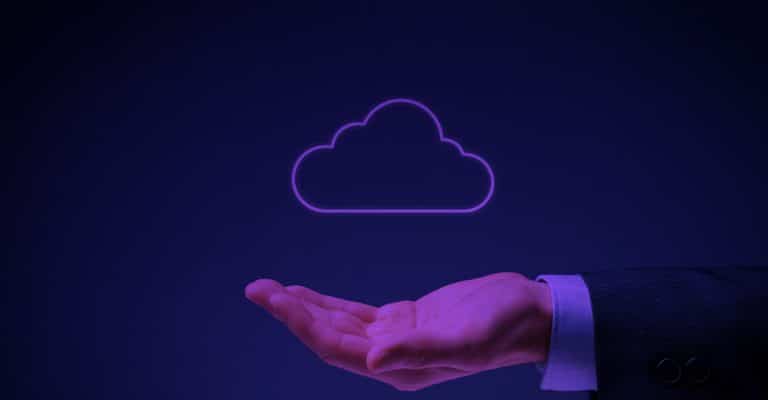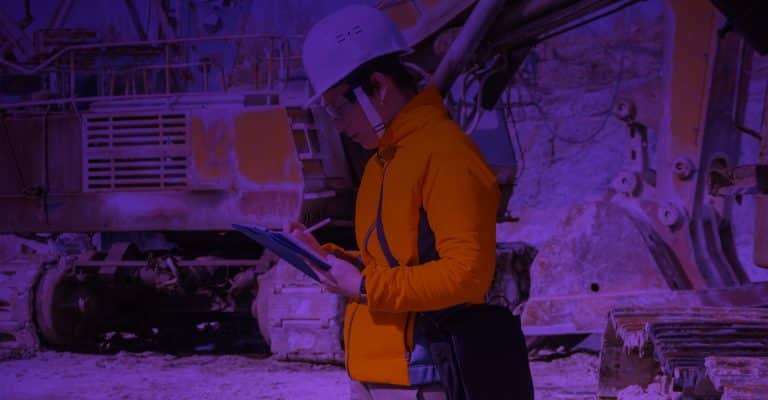Bioeconomy and Circular Economy: Sustainable Approaches for a Greener Future
September 13, 2024 2024-09-06 11:01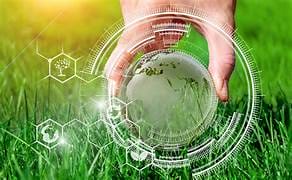
Bioeconomy and Circular Economy: Sustainable Approaches for a Greener Future
Introduction
In the quest for sustainability and environmental responsibility, the concepts of bioeconomy and circular economy have emerged as pivotal strategies. Both approaches aim to reduce waste, conserve resources, and create a more sustainable future, but they focus on different aspects of environmental management. This article explores the principles of bioeconomy and circular economy, their interconnections, and their role in shaping a greener future.
1. Understanding Bioeconomy
Bioeconomy refers to an economic system that relies on biological resources—such as plants, animals, and microorganisms—to produce goods and services. It emphasizes the use of renewable biological resources and aims to reduce dependency on fossil fuels. Key components of the bioeconomy include:
- Sustainable Agriculture: Using biotechnology and innovative farming practices to increase crop yields and reduce environmental impact.
- Biotechnology: Employing biological processes and organisms to develop new products, such as biofuels, biodegradable materials, and pharmaceuticals.
- Forestry and Fisheries: Managing forest resources and fisheries sustainably to ensure long-term ecological balance and resource availability.
2. Exploring Circular Economy
Circular economy is an alternative economic model focused on minimizing waste and maximizing the use of resources. Unlike the traditional linear economy, which follows a “take, make, dispose” pattern, circular economy promotes:
- Resource Efficiency: Designing products and processes that use resources more efficiently and reduce environmental impact.
- Waste Reduction: Implementing strategies to prevent waste, such as reusing, recycling, and upcycling materials.
- Product Life Extension: Creating products that are durable, repairable, and recyclable, thereby extending their useful life and reducing the need for new resources.
3. Interconnections and Synergies
Bioeconomy and circular economy are interconnected and can complement each other in promoting sustainability:
- Resource Recovery: The bioeconomy can contribute to the circular economy by providing renewable resources for recycling and upcycling.
- Sustainable Practices: Both approaches emphasize the importance of sustainable practices and the efficient use of resources.
- Innovation: Advancements in biotechnology and circular economy practices can drive innovation, leading to new solutions for environmental challenges.
4. Real-World Applications
Several industries are adopting bioeconomy and circular economy principles:
- Agriculture: Implementing precision farming and biopesticides to enhance crop production while minimizing environmental impact.
- Manufacturing: Using biodegradable materials and designing products for disassembly and recycling.
- Energy: Developing biofuels and renewable energy sources to replace fossil fuels and reduce carbon emissions.
Conclusion
The bioeconomy and circular economy represent crucial strategies for building a sustainable future. By focusing on renewable resources, waste reduction, and resource efficiency, these approaches offer pathways to reduce environmental impact and foster a more resilient and circular economic system. Embracing these principles can help address global challenges and promote a greener, more sustainable world.
Related Posts
Bioeconomy and Circular Economy: Sustainable Approaches for a Greener Future
September 13, 2024 2024-09-06 11:01Popular Tags



